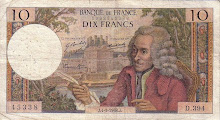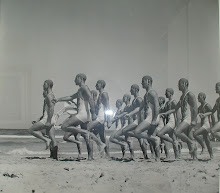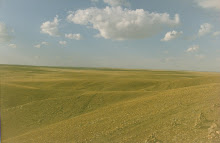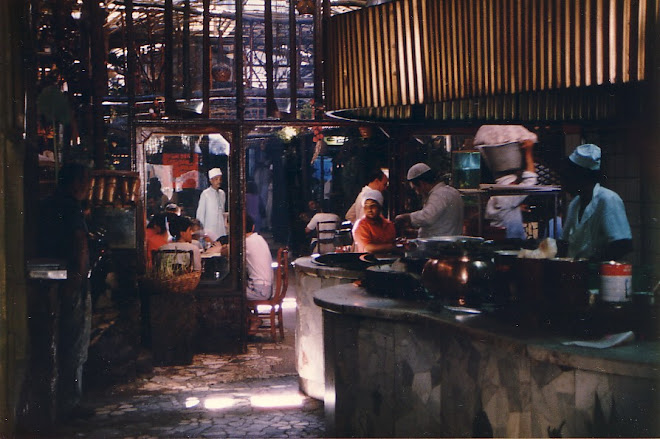Confronting Having and Not Having
Often I hear various kinds of facts and figures to make sense of affluence and poverty at the international level. But this series of photographs of families in a variety of countries, along with their weekly food intake and its cost, makes the comparison more real than most. These images capture not only size of the intake but also its nutritional value.
For Aussies reading this, the dollar amounts are American. Currently $US1 = $A1.136 or $A1 = $US0.88.
 Italy : The Manzo family of Sicily - Food Expenditure for one week is 214.36 Euros or $260.11
Italy : The Manzo family of Sicily - Food Expenditure for one week is 214.36 Euros or $260.11 Germany : The Melander family of Bargteheide - Food Expenditure for one week is 375.39 Euros or $500.97
Germany : The Melander family of Bargteheide - Food Expenditure for one week is 375.39 Euros or $500.97 US : The Revis family of North Carolina - Food Expenditure for one week is $341.98
US : The Revis family of North Carolina - Food Expenditure for one week is $341.98 Mexico : The Casales family of Cuernavaca - Food Expenditure for one week is 1,862.78 Pesos or $189.09
Mexico : The Casales family of Cuernavaca - Food Expenditure for one week is 1,862.78 Pesos or $189.09 Poland : The Sobczynscy family of Konstancin-Jeriorna - Food Expenditure for one week is 582 Zlotys or $151.27
Poland : The Sobczynscy family of Konstancin-Jeriorna - Food Expenditure for one week is 582 Zlotys or $151.27 Egypt : The Ahmed family of Cairo - Food Expenditure for one week is 387.85 Pounds or $68.53
Egypt : The Ahmed family of Cairo - Food Expenditure for one week is 387.85 Pounds or $68.53 Ecuador : The Ayme family of Tingo - Food Expenditure for one week is $31.55
Ecuador : The Ayme family of Tingo - Food Expenditure for one week is $31.55 Butan : The Namgay family of Shingkhey Village- Food Expenditure for one week is 224.93 Ngultrum or $5.03
Butan : The Namgay family of Shingkhey Village- Food Expenditure for one week is 224.93 Ngultrum or $5.03 Chad : The Aboubakar family of Breidjing Camp - Food Expenditure for one week is 685 CFA Francs or $1.23
Chad : The Aboubakar family of Breidjing Camp - Food Expenditure for one week is 685 CFA Francs or $1.23Pictures of people, particularly in the context of their families, make such inequities of wealth real and palpable!
























![C18 Bronze Buddha [Southern China]](https://blogger.googleusercontent.com/img/b/R29vZ2xl/AVvXsEioLkgVKuhDoIHQgM1X6Oe2hGn75yqaj4OJXPmNpumXmQPKxB22S57YS5DVrl1P7zl7BS6EFpAtaNZPze7gzVCRiQI54bwdHhVa4fGr7NOChZwTZoo92gUen6tC5U8gWIy_pv92U0FB38M/s1600/Buddha+%255BBronze%252C+C18%252C+China%255D+1.jpg)













+1998+Cropped.jpg)










